
Human Cell Atlas
About the Human Cell Atlas
Overview
The Human Cell Atlas (HCA) is a global collaborative research consortium that is mapping every cell type in the human body, creating a 3-dimensional Atlas of human cells to transform our understanding of biology and disease. The Atlas is likely to lead to major advances in the way illnesses are diagnosed and treated.
The HCA community is producing high quality Atlases of tissues, organs and systems, to create a milestone Atlas of the human body, using cutting-edge single cell and spatial genomics at massive scale, combined with powerful computing and AI methods.
The Human Cell Atlas Consortium was co-founded in 2016 by Dr Sarah Teichmann, then at the Wellcome Sanger Institute (UK), and Dr Aviv Regev, then at the Broad Institute of MIT and Harvard (USA). The community has now grown to approximately 4,000 HCA members from over 100 countries, who are working together to achieve a diverse and accessible Atlas to benefit humanity across the world.
Discoveries are already informing medical applications from diagnoses to drug discovery, and the Human Cell Atlas will impact every aspect of biology and healthcare, ultimately leading to a new era of precision medicine.
Why is the Human Cell Atlas needed?
The human body is made of trillions of cells – the fundamental units of life – but we still do not know all the types of cells that create human anatomy. We need maps of all the different cells and their functions to understand how the human body works and what goes wrong in disease. Knowledge of cells has come from looking at them under a microscope, or more recently by analysing clumps of hundreds or thousands of cells and finding the average properties. Due to technological and computational advances however, it is now possible to study individual cells, and at massive scale.
The Human Cell Atlas consortium aims to chart the types and properties of all human cells across all tissues and organs, using single cell and spatial genomics, combined with vital computing and artificial intelligence technologies. Researchers are revealing which of the 20,000 genes in an individual cell are switched on, creating a unique “ID card” for each cell type and mapping the precise location of cells within organs and tissue to build a reference map of the healthy human body.
Building the Human Cell Atlas
HCA’s 18 HCA Biological Networks are creating integrated Atlases for tissues, organs and systems across the human body. Initial HCA Atlases have been created for nearly half of these – HCA Lung, Brain, Retina and Organoid Atlases now available on the HCA Data Portal, with HCA Liver, Gut, Immune, Kidney and Developmental Atlases available soon.
These 18 Biological Network Atlases will then collectively form the first draft Human Cell Atlas (V1.0). This will be a major scientific milestone, due to the great scale and number of integrated datasets, the multimodal nature, and the rigorous standards needed to enable cross-tissue analysis.
So far, HCA researchers have profiled and characterised over 100 million cells from 10 thousand individuals, resulting in more than 450 peer reviewed publications. A major collection of papers in 2024 in Nature reveal the huge-scale of open data that has been produced towards creating the Human Cell Atlas.
Looking forward, the HCA is aiming to create a globally representative, Comprehensive Atlas of up to billions of cells across all organs and tissues, to transform biological knowledge and healthcare worldwide.
For more details on the HCA Consortium, please see the HCA website, and for an in-depth overview please see the HCA White Paper from 2017. This reveals the framework for the first draft of the atlas; descriptions of the technology, data analysis tools, and data coordination required, as well as a deeper look at biological systems we are exploring and mapping; and details on the organization and governance of the HCA.
Contact
If you need help or have any queries, please contact us using the details below.
Sanger people
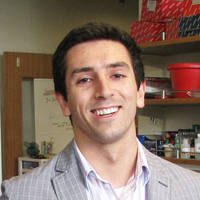
Dr Omer Bayraktar
Group Leader
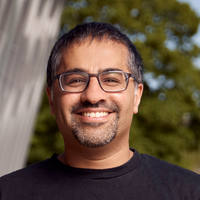
Sam Behjati
Group Leader & Wellcome Senior Research Fellow

Dr Song Chen
Group Leader
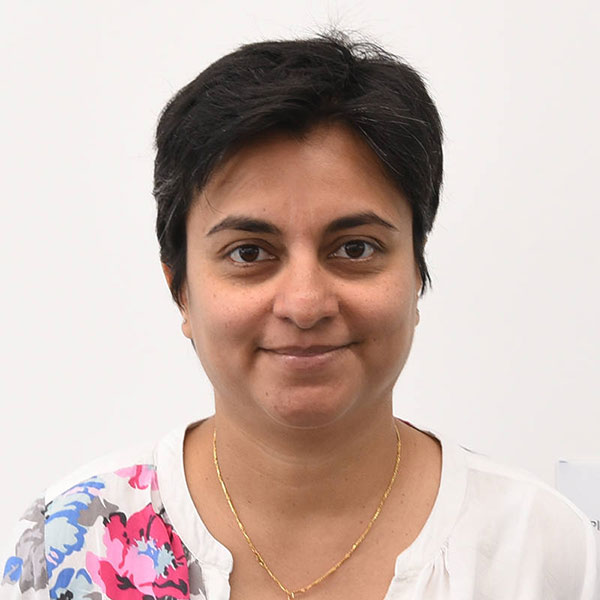
Prof Muzlifah Haniffa
Head of Cellular Genetics and Senior Group Leader

Roser Vento-Tormo
Group leader
Previous Sanger people

Tracey Andrew
Human Cell Atlas Operations Manager

Dr Martin Hemberg
Former CDF Group Leader

Dr John Marioni
Former Associate Faculty
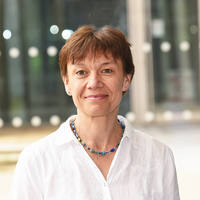
Dr Kerstin Meyer
Principal Staff Scientist
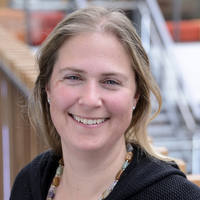
Dr Sarah Teichmann
Senior Group Leader and former Head of Cellular Genetics
External partners and funders
The HCA is a grass-roots led, global and open scientific project that requires diverse, collaborative support from multiple funders from around the world. Funders include, but are not limited to:
External
Wellcome
External
Medical Research Council (UK)
External
Chan Zuckerberg Initiative
External
Helmsley Charitable Trust
External
Klarman Family Foundation
External
The European Commission
Related groups
Affiliated Sites
External